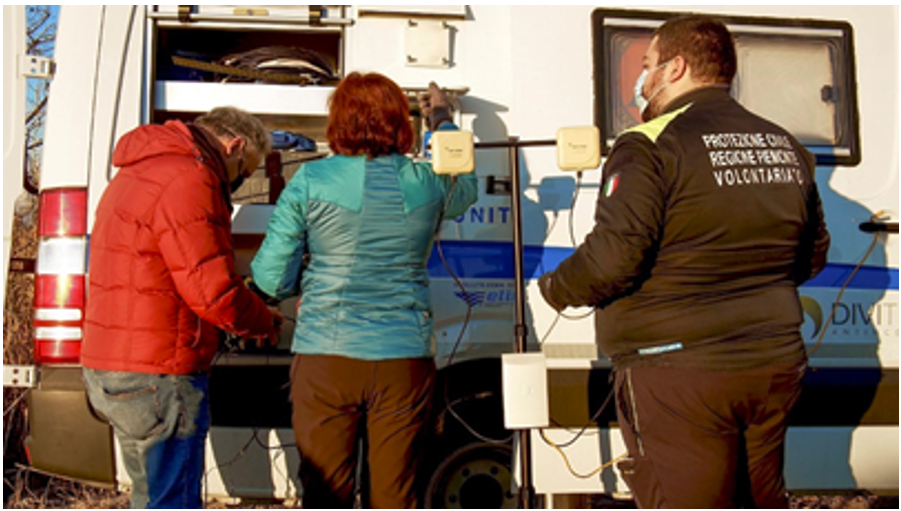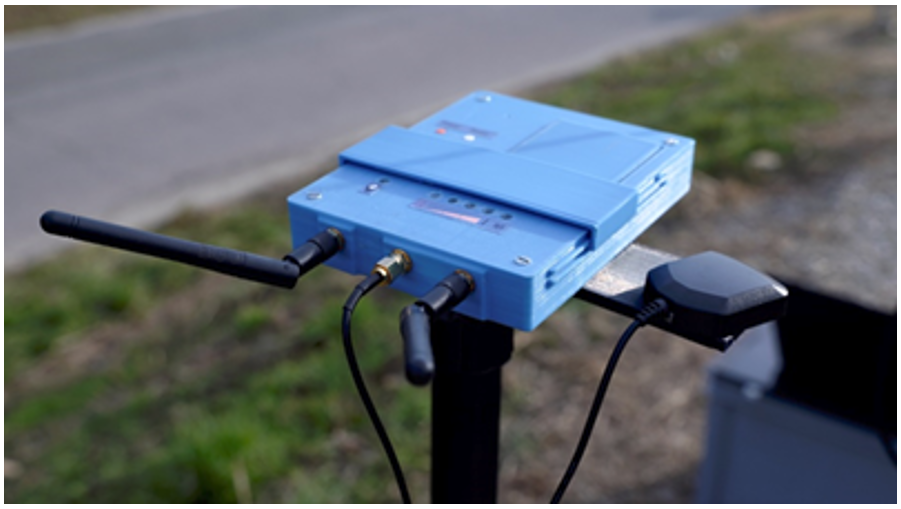During a rescue mission, it is paramount to ensure the quality of the communications in the field allowing all operators and devices to exchange information in a timely manner, thus supporting de decision-making process. The FASTER project is aware of this necessity and working to develop reliable communication networks.
In case of a disaster, it is possible that the first level of communication networks support – 5G/4G/3G – fails and it is not available for the operations in the field. In such case, a secondary communications network can be deployed using Unmanned Aerial Vehicles (UAVs) UAVs or Unmanned Ground Vehicles (UGVs) to support the operations.
In order to achieve this goal, a specific payload was developed and implemented to be carried by the UAV and perform a relay network. The payload devices (nodes) act as standard Access Points (802.11.g) for the assets in the ground and establish a mesh network (802.11.s). The mesh network allows rearranging between the nodes and always find a path to deliver the data packets to the destination (multi-hops). On the ground, there is a special node – gateway – working as the access point to the internet.
The deployment of this network can be done just for a specific point and cover a blind zone or a wide area with several devices. It can even be used to extend the communications access to the internet in the field of operations.
This tool is easily deployable using the unmanned vehicles for all domains (UxVs) available in the rescue operations and provide information to the operators in the ground with the position of the nodes and the environmental information they gather.
The operation software of the mesh network also provides indications to the UxV operators of the best position to move the UxV during the operation in order to cover the assets on the ground as best as possible.

Mesh network


